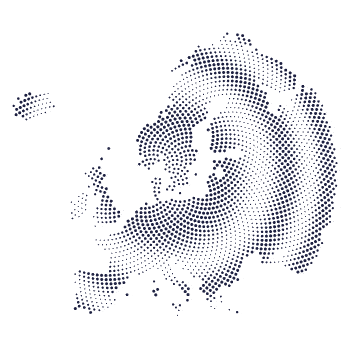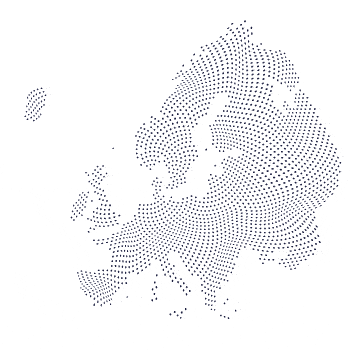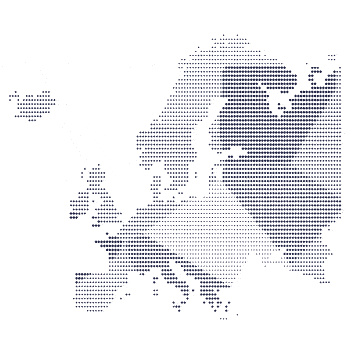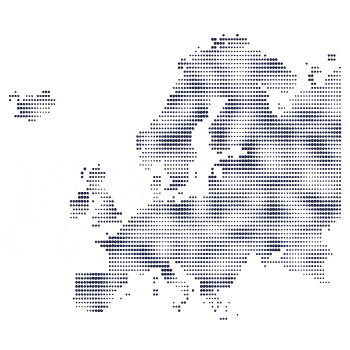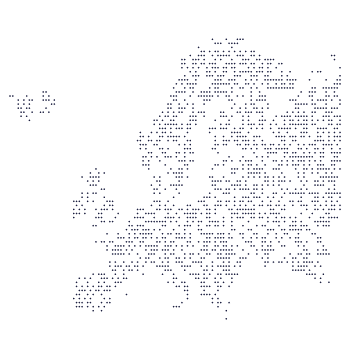Status Quo
Looking back to see what lies ahead
What events have shaped the internet economy in recent months?
8 Slides
1
The current bear market is mainly driven by the bad performance of tech stocks - At the same time, regulation of Big Tech firms is increasing
1) Source: Press articles
Show Text
Events that shaped the internet economy in 2021 and 2022
1) Source: Press articles
To reading list
Events that shaped the internet economy in 2021 and 2022
January 2021
Jan 25
German Antitrust Law Amendment: "Digitalization Act" establishes new antitrust rules for digital economy
Apr 13
Bitcoin reaches record-high at level of USD 63.000
Jun 9
EU Parliament approves COVID certificate, passes baton to member states
Jul 16
Digital euro: Commission welcomes the launch of the digital euro project by the ECB
Sep 9
TikTok hits 1 billion monthly active users globally
Oct 1
ECB starts a two-year-investigation phase of a digital Euro
Oct 28
Facebook announces a change of its company name to Meta to reflect company’s growing ambitions beyond social media
Dec 20
In 2021: Rise of number of internet users in Southeast Asia. Now, 75% of the region’s population is online
Feb 3
Meta hits historical low and loses 27 %, sending its market value down by $240 billion
Feb 24
Russian cyber attacks accompany military invasion of Ukraine
Mar 23
European Commission adopts EU Data Act (Regulation on harmonized rules on fair access to and use of data)
Mar 24
European Parliament and Council reach preliminary agreement on "Digital Markets Act" to regulate Big Tech
Apr 8
12 EU Member States submitted lists of companies to participate in Industrial Cloud IPCEI to build European cloud infrastructure
Apr 23
European Parliament and Council reached preliminary agreement on "Digital Services Act" to protect users from harmful/illegal content
May 12
Bitcoin hits lowest low since 2020; market cap of all cryptocurrencies down from nearly $3 trillion to less than $1.2 trillion since then
June 2022
Regulation-related
Business-related
2
The European tech sector outpaces the overall economy …
Show Text
- Between 2009 and 2019, the European tech sector's gross value added (GVA) nearly doubled
- In the same period, non-tech sectors grew only by roughly a third
- This highlights once again tech's importance for the overall economic growth within the EU
1) Gross value added refers to the value generated by any unit engaged in the production of goods and services
2) Current prices, tech sector comprises NACE codes J62 and J63 / Europe = EU27 and Norway, Switzerland
3) Source: Eurostat
To reading list
3
… but still lags behind the US tech industry, which has more than doubled its gross value added since 2009
Show Text
- Between 2009 and 2019, the US tech sector's GVA grew by 238%
- During this time, the non-tech sectors in the US grew by only 46%
- This shows that the tech sector is also a crucial driver of economic growth in the US
- Compared to Europe, the US tech sector grew at a significantly faster pace over the same period
1) Gross value added refers to the value generated by any unit engaged in the production of goods and services
2) Current prices, tech sector comprises NAICS codes 518, 519 and 5415
3) As opposed to the EU, 2020 data for the US is available but not shown due to reasons of comparability
4) Source: United States Bureau of Economic Analysis
To reading list
4
European tech companies have added a large number of new jobs in recent years …
Show Text
- The European tech sector not only contributes to the overall economy but now directly employs roughly 1.9 million more people than in 2009 – an increase of 79%
- In the same period, the total labor force in Europe increased by only 2%
- While the overall employment level fell during the pandemic, the tech sector was able to add new jobs to the economy
- However, the leap from 2019 to 2020 is less pronounced than that shown in the data due to statistical adaptations at Eurostat
1) Tech employees comprise all employees in business sectors J62 and J63 (NACE) / Europe = EU27, Norway and Switzerland
2) Source: Eurostat
To reading list
5
... and are now increasing their workforce at a faster pace than their US competitors
Show Text
- The US tech sector increased its workforce by 55% since 2009, while the workforce in the remaining economy grew by only 8% (agriculture sector excluded)
- The relative growth of tech workers in the US is smaller than the growth seen in Europe
- Given the fact that the US tech sector's GVA has grown much faster than in Europe, this hints at a widening productivity gap: Europe's workforce increase has not translated into a similar growth in GVA to that witnessed in the US
1) Tech employees comprise all employees in business sectors 5415, 518 and 519 (NAICS); non-tech employees include only non-farm labor; no 2021 data shown for reasons of comparability
2) As opposed to the EU, 2021 data for the US is available but not shown due to reasons of comparability
3) Sources: United States Bureau of Economic Analysis, Daxx.com, OECD
To reading list
6
On average, European publicly listed internet companies grew their revenues much faster than the average Stoxx Europe 600 member
Show Text
- Stoxx Europe 600 members experienced a decrease in revenue during the first year of the pandemic but have recovered in 2021. Compared to that, European internet companies were able to increase their revenues substantially
- For data sampling and comparison, publicly listed internet companies were excluded from the Stoxx Europe 600; in 2012, only six of the top 100 publicly listed internet companies were part of the Stoxx Europe 600; by 2022, this index included 21 such companies
1) Top 100 publicly listed companies in Europe by revenues, with internet companies being defined as the sectors "Application Software", "E-Commerce Discretionary", "Infrastructure Software", "Internet Based Services", "Internet Media"
2) Source: Bloomberg
To reading list
7
The difference is less pronounced in the US, where all companies saw stronger revenue growth when compared to Europe
Show Text
- Between 2012 and 2021, US publicly listed internet companies, on average, grew their revenues four times as much as the average member of the S&P 500 index
- Here, the pandemic has left its mark. In 2020, the revenues of S&P 500 listed companies decreased slightly. Internet companies, on the other hand, were able to benefit substantially from the push in digitalization and even grew during the pandemic
- For data sampling and comparison, publicly listed internet companies were excluded from the S&P 500; in 2012, 21 of the top 100 publicly listed internet companies were part of the S&P 500; by 2021, this index held 31 such companies
1) Top 100 publicly listed companies in the US by revenues, with internet companies being defined as the sectors "Application Software", "E-Commerce Discretionary", "Infrastructure Software", "Internet Based Services", "Internet Media"
2) Source: Bloomberg
To reading list
8
A comparison of the ten most valuable internet companies reveals the dominance of the US economy in the digital arena
Show Text
- Though comparisons of specific sectors are always difficult because they depend on a common definition of what exactly constitutes an internet company, the chart strikingly illustrates the US dominance in the internet economy
1) Top 10 publicly listed companies in the US, China and Europe by market cap, with internet companies being defined as the sectors "Application Software", "E-Commerce Discretionary", "Infrastructure Software", "Internet Based Services", "Internet Media"
2) Source: Bloomberg
To reading list
01
Key Takeaway



